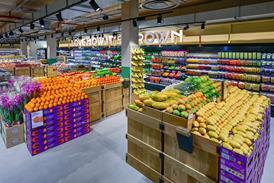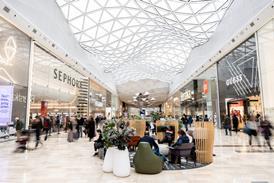Data: Oxford Street – Europe’s hardest hit high street by Covid

New data has found that of Europe’s six biggest retail high streets, Oxford Street has suffered the most from lost footfall and consumer spend.
Data produced by French-based footfall analysis company Mytraffic and commercial property agency Cushman & Wakefield found that London’s iconic Oxford Street shopping district was the worst-performing high street of the six major European capitals during the pandemic.
Already have an account? Sign in here



















